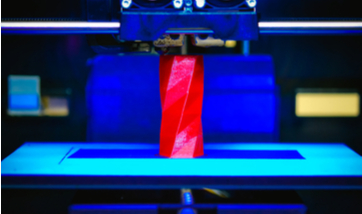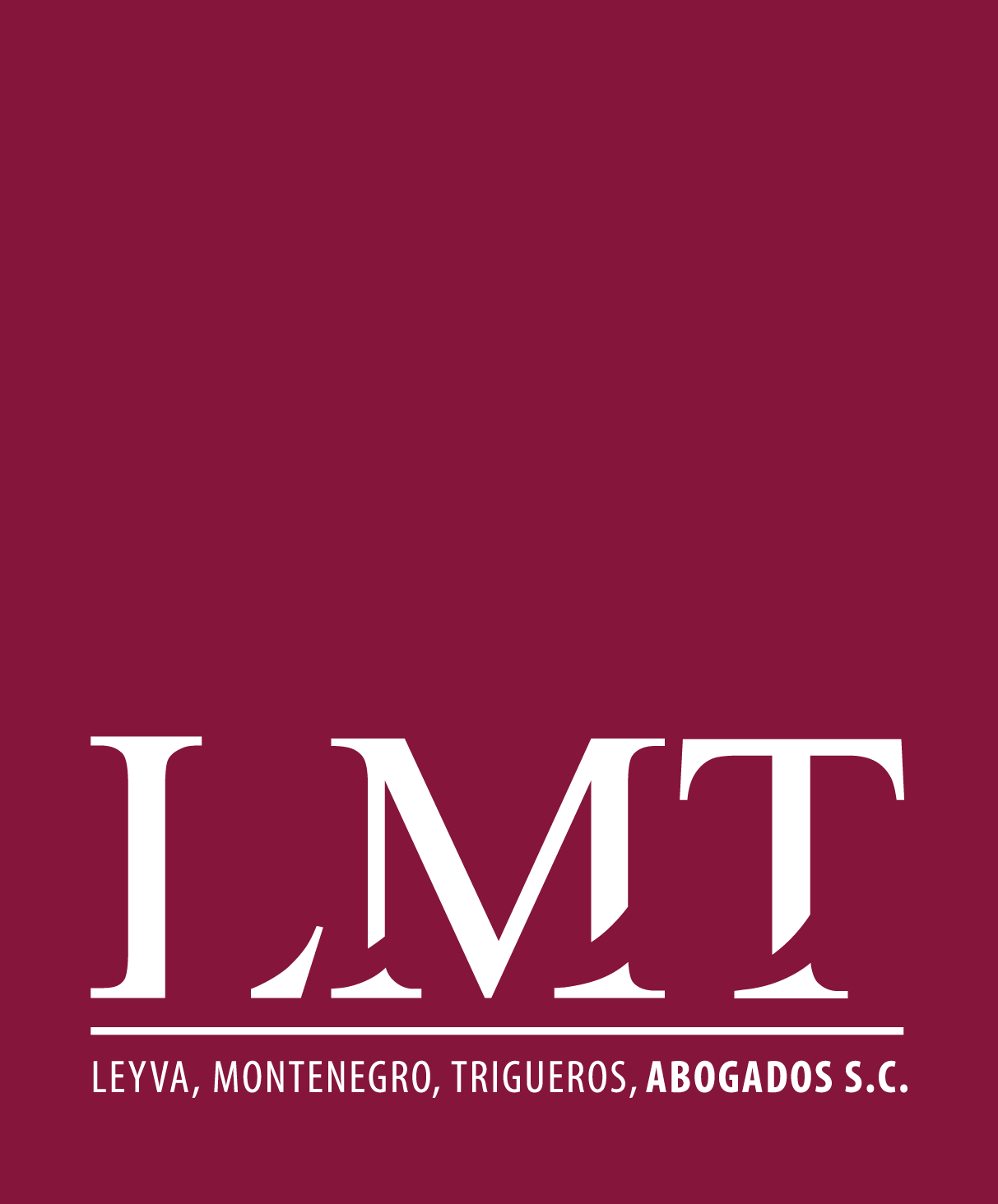
What you should be aware of regarding 3D printing and IP rights
In recent years, 3D printing has become more popular
in different industries, from toys, auto parts and
garments, to organs for implants and medical devices.
Canalys estimates the 3D printing market value will grow
from its current $3.8 billion to $16.2 billion by 2018.
In 2013 Gartner Inc., the world’s leading information
technology research and advisory company, also predicted
that “by 2018, 3D printing will result in the loss of at least
$100 billion per year in intellectual property globally”.
3D printing is a process in which a three-dimensional
object is created by putting together successive layers of
material. Such material can be selected from a very vast
variety, going from plastics and metals to bio-based resins
and biological tissue, and the resulting 3D object can
have any color or combination of colors. The process starts
with a virtual design, a CAD (Computer Aided Design)
file of the desired object, which is created using a 3D
modelling application or a 3D scanner.
Using this technology, users can make a 3D digital
copy of almost any object, which is not always the result
of the users own ideas and inventive. As a consequence,
the final product could be the result of another person’s
original idea or a copy of an already existing commercial
product. This can be seen as a threat to right holders whose
products are protected by IP rights, such as trademarks,
copyrights, industrial designs and patents.
Trademarks
With respect to trademarks, owners must pay special
attention to the purposes for which the 3D product will
be used. Meaning that, the 3D printing of trademarked
products could lead to counterfeiting, since unauthorized
copies of a product including brand names, logos and/or
special designs of a company, can now be produced and
be sell as the original.
For example, imagine that you are the owner of a
trademark covering the appearance of a chocolate which
distinguishes it from others of the same class in the market.
With this 3D printing technology, any person could now
produce chocolates with the same physical appearance
and sell them as the legitimate product. Additional to the
IP concerns, there is also the concern that such products
do not contain the safety and quality of the ingredients
that form the original product.
To address these concerns, trademark owners will now
need to include monitoring programs for any products
created by 3D printing technologies into their brand, and
must ensure that their products are fully protected, not
only by including brand names and logos but also the
protection of three-dimensional trademarks for those
products which may have a distinctive character.
Copyrights
Copyrights protect artistic works, but not the function of
objects. The rights for copyright holders include the
reproduction, distribution, communication to the public/
making available of their works, and the right to
transform them into derivative works. In this regard,
copyrighted items like ornaments, sculptures, and toys
can be protected against 3D printing. Nevertheless, it is
advisable for copyright holders that, in order to have a
robust protection against 3D printing, it is recommended
to have other forms of protection included in their products,
such as trademarks, industrial designs, and/or patents.
Industrial designs and patents
Industrial designs protect the external appearance of a
product, and because of the nature of 3D printed objects,
they are often considered as one of the most powerful
protection methods against 3D printing. With a 3D scanner it is possible to scan an object and have a digital 3D model of the same within minutes, speeding up the process of recreating a design.
IP right holders must be aware of the importance of protecting every
aspect of their products, even with two or three industrial designs to
give fully protection to the appearance of their creations.
With respect to patents, these share more or less the same scenario
as industrial designs. Products or parts of products that can be protected
by a patent can be produced by 3D printing. Patents give a broader
protection to products, for instance, the product itself, how it works,
what it does, or how it is used.
In order to obtain a better protection against unauthorized use,
it is advisable to companies to draft their patent claims including
provisions for protection against 3D printing, which can include
methods for producing their products with a 3D printer or the 3D
printed product itself. As an example, in 2013, Lego A/S filed a patent
application which covers a method for the manufacture of a plastic
product. The second component for the product is made by a process
in which it is built in a layer-by-layer fashion, such as by 3D printing,
and a plastic product comprising a first component and a second
component in which the second component is built in a layer-bylayer
fashion from a plastic material, such as 3D printing. This type of claim protection may be need in the near future to ensure a better enforcement of patent rights against the growing 3D printing technology.
Conclusions
Companies wishing to protect their products against 3D printing and
the possibilities of infringement are facing a real challenge. Nevertheless,
it is possible to arm themselves with a robust strategy leading with the
possible issues concerning this new technology. IP owners must now think of a complete protection for their products, and they must consider incorporating the protection of trademarks, industrial designs, copyrights and patents to the same product, creating a barrier for third parties trying to infringe their rights.
If you require more information please contact the author:
Montserrat González Álvarez – mgonzalez@lmt.mx
